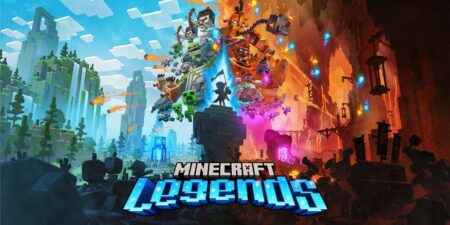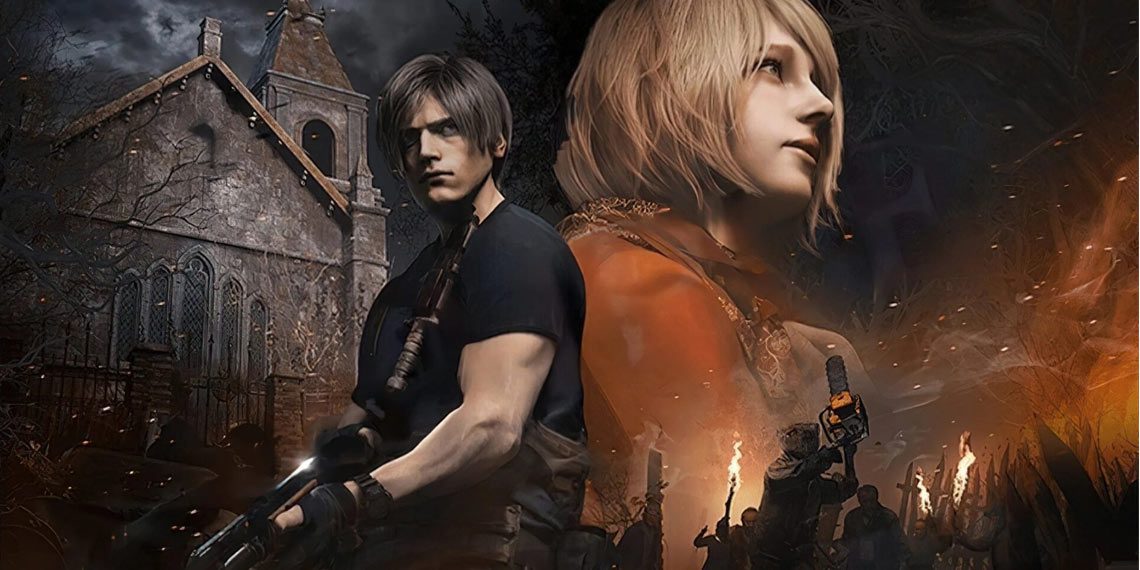
The original Resident Evil 4, the remake of which you can already pre-order from GameStop, is a game from 2005, that time when social networks as we know them today did not exist and YouTube was in its infancy, while Blockbuster was still going strong.
My first approach to Capcom’s work happened like this, with a copy of the game in the PlayStation 2 version, rented from my uncle from Blockbuster.
I remember the first moments of Resident Evil 4 divided between the fear of the unknown and the fascination for the movements, the atmosphere, and the graphics so impactful. The idyll would not last long, because the disc had an obvious problem: after the village, it stopped working. In hindsight, I interpret this as a clear sign of digital rebellion, aimed at not letting me play Resident Evil 4 in its “inferior” version. Unfortunately, the dear Gamecube never touched my life and I had to wait for the exceptional Wii edition to continue the journey.
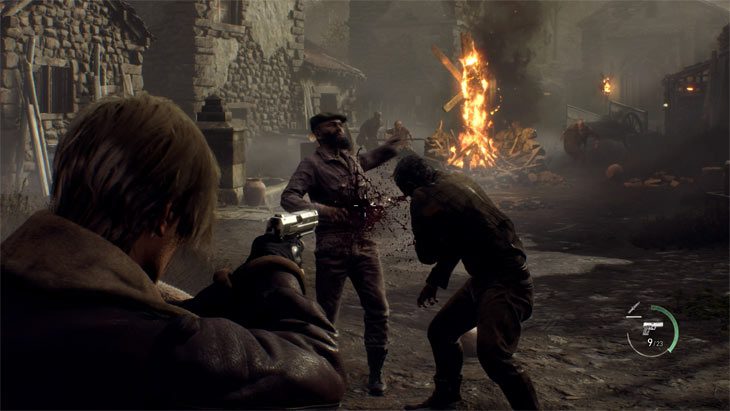
Since then Resident Evil 4 has arrived almost everywhere, even on the Meta Quest 2 viewer. The work of Shinji Mikami and Capcom has had a great impact on the third-person shooter genre, even more than on survival horror. An incredible result, given the origins of the project and its many discarded forms.
Even today he is deeply loved, despite his excesses, for how he managed to combine survival horror with action. A feat that Capcom would pursue in the years to come, first with Resident Evil 5 and then with the questionable sixth chapter. This remake tries to do the same, continuing the path that began with the remake of Resident Evil 2 in 2019. The hands-off a few weeks ago was already quite convincing, but it is only with a pad in the hands that those impressions can be put black on white.
Leon’s iconic car crossing, together with the two local police officers, welcomes us in the first moments of this new ( have you read our FAQ? ) Resident Evil 4. Once we get out of the car, we soon realize that what we have in front is a bit different from 2005, and not only for the important graphic modernization. Leon arrives at a decadent-looking hut with a very unwelcoming air. The house is larger than the original, and the details inside are many, some of which are also interactive. The path that leads us to first contact with one of the infected is familiar, but also different. If you’ve played the Chainsaw demo, you know what I mean.
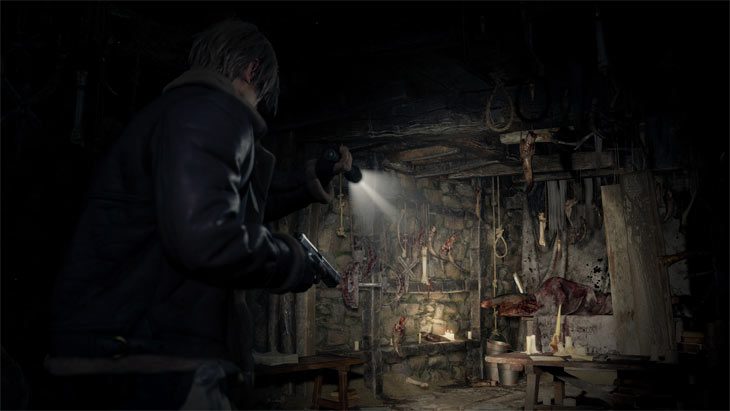
Resident Evil 4 Remake wastes no time in making us realize that we are not playing the same game from 2005, at least not quite. Over the twenty hours required to complete it, with due calm, the work decides to subvert the player’s expectations in several points. But above all, in different ways. Resident Evil 4 Remake is a work that differs from the original in every aspect, but never in the macroscopic. It tends to do it in the details, in those aspects that make the 2005 version feel the weight of time the most. This happens both in terms of narrative and gameplay and also in how the rhythm of the game is marked through the sixteen chapters present.
The mission on behalf of the President of the United States does not start well for Leon, who soon finds himself entangled in something bigger than himself. After 6 years after that first day of work in Raccoon City, it is clear that the disappearance of the daughter of the head of state hides something else. No Barceloneta or tapas for this unusual Erasmus, but a dense network of woods and disturbing murmurs. Thus begins our journey into the world of Spanish survival horror, which quickly demonstrates its novelties right away.
The arrival at the Ganados village is the perfect test. Leon’s movements are fluid but also awkward, almost replicating the tank controls of 2005 original. The feeling is that Capcom wanted to give the player full control of the character and his actions, slowing down his reaction times somewhat. The lack of a dodge, like that of Jill in the remake of the third chapter, makes the possibility of being surrounded by enemies extremely dangerous. Perhaps purists won’t appreciate the controls in this remake, but it’s a compromise I found sensible related to the type of experience on offer. What is certain is that the lack of a dodge is felt in several sections, but blocking and uppercuts sufficiently balance this deficit.
The chaotic village horde wants to teach us these basics, throwing us into even more violent and intense action than in the past. The infected, the Ganados, are more aggressive and launch grappling attacks, attacks from a distance, or take up pitchforks for dangerous charges. If in the original the pace of the game was calibrated for that type of experience, here Capcom has decided to balance the greater aggressiveness of the enemies with an important novelty: the parry. Leon will be able to parry multiple attacks, with the right timing, as long as he has a knife with him. This mechanic may appear superfluous, but it will immediately prove to be fundamental. It is our favorite evasion tool, even allowing us to evade a death grip or sneak attack unarmed enemies.
The level of dynamism of Resident Evil 4 Remake does not pass only through the knife, which will also need to be repaired in case of excessive wear, but also in a renewed stealth element. The latter was completely absent in the original, and here it arises as a further choice given to the player. Let me be clear, Resident Evil 4 continues to emphasize the use of weapons and direct aggression, but on more than one occasion I have been able to thin out the enemy ranks by stealth, increasing my chances of survival. Certainly, there are some stumbling blocks, with artificial intelligence that is not always particularly alert. It happens to find some beautiful statues in front, now and then. I didn’t particularly appreciate, on a couple of occasions, the feeling of being attacked by enemies that appeared out of nowhere. Dishonest, but luckily it’s an issue I’ve only encountered in the village.
Resident Evil 4 Remake is a survival horror, and its action soul shouldn’t detract from what this means to the experience. You shoot a lot, parry with your knife, and good Leon can still perform flashy uppercuts on stunned enemies. However, everything is in the service of an intense experience, which gives the player the tools to survive, but without ever rolling out the proverbial red carpet. In this it is close to the experience of 2005, managing to offer a mechanically satisfying gameplay loop. The physicality of weapon shots, the use of the knife, the objects, and pesetas (the game currency) released by defeated enemies, are to be invested by the Merchant to improve the equipment. The game continues to speak that language, albeit with significantly improved graphics and several structural changes.
The original was quite segmented, with several chapters broken into multiple game sections. This Resident Evil 4 appears more uniform, making the progression fluid and less tied to the “level” logic of the original. All thanks to excellent work on the environments. The level design invites exploration, inserting several additional elements of interest, and stimulating backtracking. The maps have been revised and, in several cases, expanded. In this regard, the idea of giving Leon secondary activities to complete, completely optional, through blue sheets that can be found in each chapter, works very well.

The idea is excellent, both as an incentive to explore and as a diversion from the main events. At the same time, the variety of these requests is a bit disappointing, surprising on a few occasions, just when their extra activity nature is fully exploited.
In rebuilding the foundations that made Resident Evil 4 great, Capcom has decided to enrich them with elements and tricks that make the experience more modern. It has not only proceeded by addition because this remake also brings with it several cuts compared to the original. Resident Evil 4 finds itself relieved of some particularly useless or frustrating sections and passages, as well as enriched with details or elements in others. This remake is a pure distillation of Resident Evil 4, a concentration of all the best that this chapter can give. Let’s imagine the Capcom team, director, and producer attached, armed with stills of various sizes, ready to distill the purest possible blend.
This operation can be seen in the way Ashley, the president’s daughter, was handled. Forget the bins to abandon it in, or constant cries for help to interrupt your race for survival. Now there are only two commands that can be assigned to her: one to make her stay close to us, the other to make her slightly distanced, especially useful during enemy assaults. In case of damage, it will be enough to approach and help her to put the situation right, without the need to manage her health points. At the moment of her capture, the interface will show us how much time we have to save her. Experience benefits in terms of rhythm and readability, also thanks to the distinctive elements in the interface that are always clear and never invasive.
However, the narrative is also beneficial, because their relationship with her turns out to be more pleasant, with writing that convincingly emphasizes the girl’s evolution in the nightmare she is experiencing. We are not allowed to go into detail on the juicier elements, but the whole operation makes Resident Evil 4 more credible on a narrative level than in the past. There’s no shortage of Leon’s bad jokes or Louis’s exuberant shots, but everything is placed in a frameless tending to the absurd, more realistic, and with a less caricatured tone.
The staging is also beneficial, which thanks to the excellent work done by Capcom, makes Resident Evil 4 full of atmosphere in every environment. On PS5 the impact is truly sumptuous, even in performance mode with ray tracing activated. The latter does not add particular value to the glance, and indeed in some rooms, it has generated some sudden changes in lighting that are not exactly pleasant. In general, despite being cross-gen once again, Resident Evil 4 shows the further prodigies of the RE engine, especially in lighting. To embellish the experience is mostly the artistic direction, more consistent than the original, even in the design of different enemies and in the environments of the various areas that you will explore.
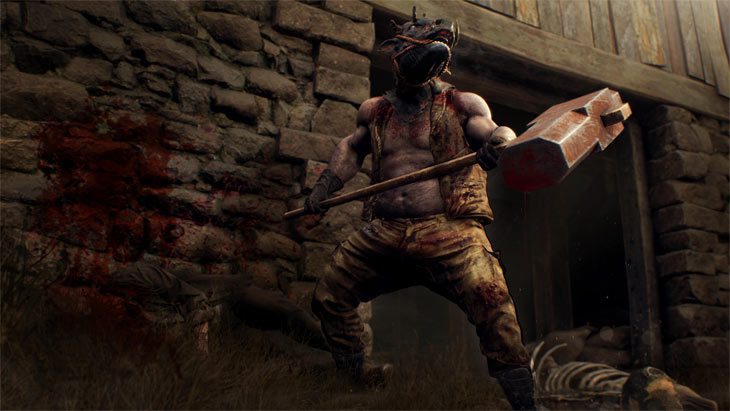
Conclusion
Resident Evil 4 is a great remake of a fundamental work for the genre to which it belongs (and beyond). Its strength lies in having exacerbated the best elements of the original, trying as much as possible to refine or eliminate the excesses or problems that characterized it. In this sense, it is a perfect remake, because it doesn’t want to act as a replacement, but offers a new vision to that game that fans love so much and have loved so much.
Resident Evil 4 Remake is an excellent survival horror, which manages to balance its action soul with constant tension, greater aggression of the enemies, and a truly excellent atmosphere. The gameplay loop remains fantastic even in this new guise, embellished with stealth elements and greater use of the knife, which can be used to deflect enemy blows or escape mortal grips.
The expedients also extend to Ashley, the character to be escorted in different sections of the game. The experience is now smoother and less frustrating, prompting exploration like never before. Resident Evil 4 is very close to Village in this respect, offering the nosy player something to pay off their wanderings. It’s not quite in focus, but it’s interesting nonetheless.
Resident Evil 4 is still incredible, and almost twenty years later even more so.







